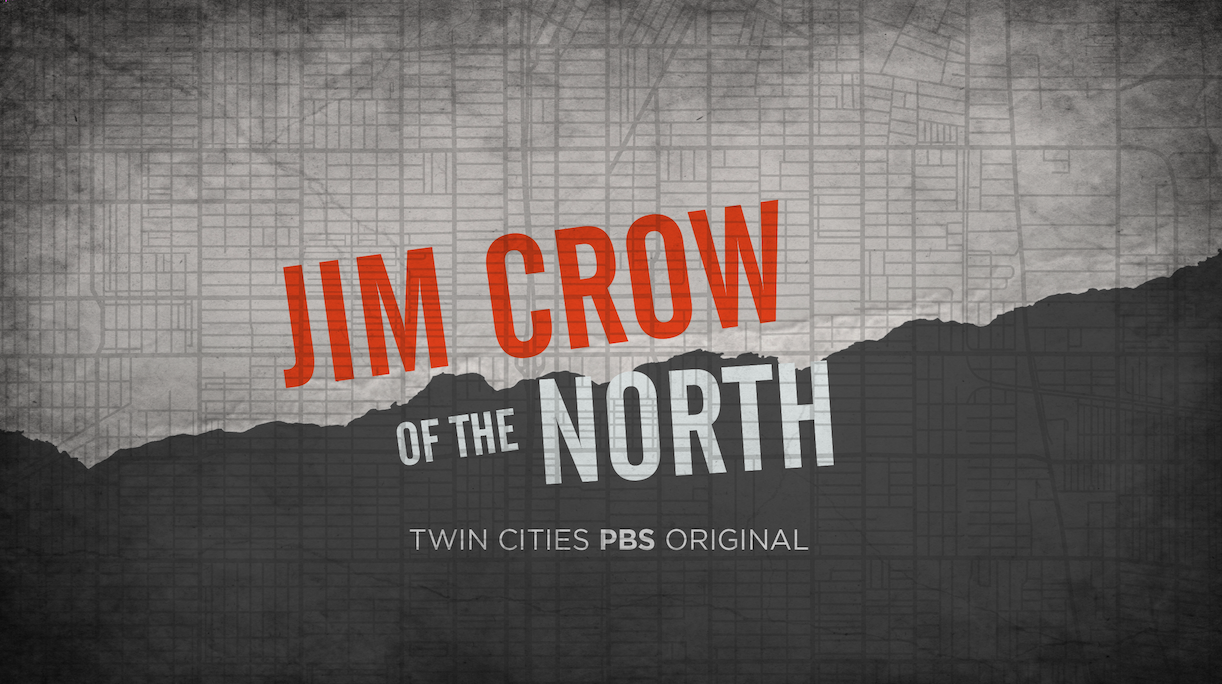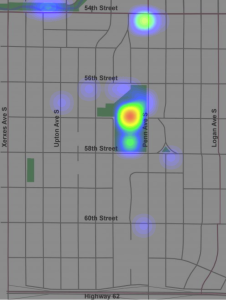City Streets Have a History of Their Own
Aldrich Avenue was named for Thomas B. Aldrich (1836-1907). Aldrich was a poet and editor of the Atlantic Monthly magazine in the late 1800’s. Aldrich hailed from Portsmouth, New Hampshire. The street is also named for Cyrus Aldrich (1808-1871), who came to Minnesota in 1855. he was involved in real estate and politics and served as the Postmaster of Minneapolis from 1867-1871.
Bryant Avenue was named for William Cullen Bryant (1794-1878), an early American poet and editor.
Colfax Avenue was named for Schuyler Colfax (1823-1885). He was vice president of the United States under Ulysses S. Grant.
Dupont Avenue was named for Rear Admiral Samuel Francis Dupont (1803-1886), a naval commander in the Mexican and Civil wars.
Emerson Avenue was named for Ralph Waldo Emerson (1803-1882), poet and transcendentalist. Fremont Avenue was named for John C.
Fremont (1813-1890), officer in the Union Army and later explorer of the American West.
Girard Avenue was named for Stephen Girard (1750-1831), who was a merchant, philanthropist and founder of Girard College in Philadelphia.
Humboldt Avenue was named for Friedrich Alexander Humboldt (1769-1859), a German scientist and naturalist who traveled through Mexico, Cuba and South America in 1799.
Irving Avenue was named for writer Washington Irving (1783-1859), creator of Ichabod Crane (The Legend of Sleepy Hollow) and Rip Van Winkle. A resident of New York City, he was appointed to the post of U.S. Minister to Madrid, Spain, in 1842.
James Avenue was named for George P. R. James (1801-1860), and English novelist and writer.
Knox Avenue was named for General Henry Knox (1756-1806), an artillery commander in the Revolutionary War and later the U.S. Secretary of War (now Defense) from 1785-1795). Fort Knox in Kentucky is also named after him.
Logan Avenue was named for John A. Logan (1826-1886), a Civil War General from Jackson County, Ill. He served with William Tecumseh Sherman on his March to the Sea. Logan also served in the U.S. House of Representatives and in the U.S. Senate. At one point he was a Republican vice presidential candidate.
Morgan Avenue was named for Colonel George N. Morgan (1825-1866). He enlisted in the 1st Minnesota Regiment in 1856 and later became a brigadier general.
Newton Avenue was named for Sir Isaac Newton (1642-1727), a British philosopher and mathematician who wrote the theory of universal gravitation.
Oliver Avenue was named for Deacon A.M. Oliver of the Presbyterian Church in Missouri. His widow was a generous donor to the (former) Oliver Presbyterian Church in south Minneapolis and to Macalester College.
Penn Avenue was named for William Penn (1642-1727), founder of Pennsylvania.
Queen Avenue: The name has no specific historical significance; it’s just a word that starts with the letter Q.
Russell Avenue was named for Roswell P. Russell (1820-1896), who came to Fort Snelling in 1839 and who opened the first store in the old city of St. Anthony in 1847. He was the receiver of the U.S. Land Office from 1854-1857.
Sheridan Avenue was named for General Phillip Henry Sheridan (1831-1888). Sheridan was a Civil War hero from Albany, N.Y. He helped end the Civil War by cutting off Confederate General Robert E. Lee’s retreat from the battle of Appomattox. In 1884 her became the commander of the U.S. Army.
Thomas Avenue was named for George H. Thomas (1816-1870), a Union general during the Civil War.
Upton Avenue was named for General Emory Upton (1839-1881). He was a Civil War general for the Union Army and later the commandant of cadets at West Point from 1870-1875.
Vincent Avenue was named for Thomas M. Vincent (1832-1909). He graduated from West Point in 1853 and was the assistant adjutant general of the United States through the Civil War.
Washburn Avenue was named for Cadwallader C. Washburn (1818-1882) and/or his brother William D. Washburn. Both were founders of the Washburn Crosby Company (later General Mills). C.C. Washburn was governor of Wisconsin from 1872-1873 and built the might Washburn “A” mills in 1874 and 1878. W.D. Washburn was a senator from Minnesota. Both men had tremendous influence of the early political and economic life of the City of Minneapolis and the state of Minnesota.
Xerxes is a Persian king, chosen to fill an alphabetical place.
York is a county in England, chosen to fill an alphabetical place.
Zenith is the highest point, chosen to fill an alphabetical place.






